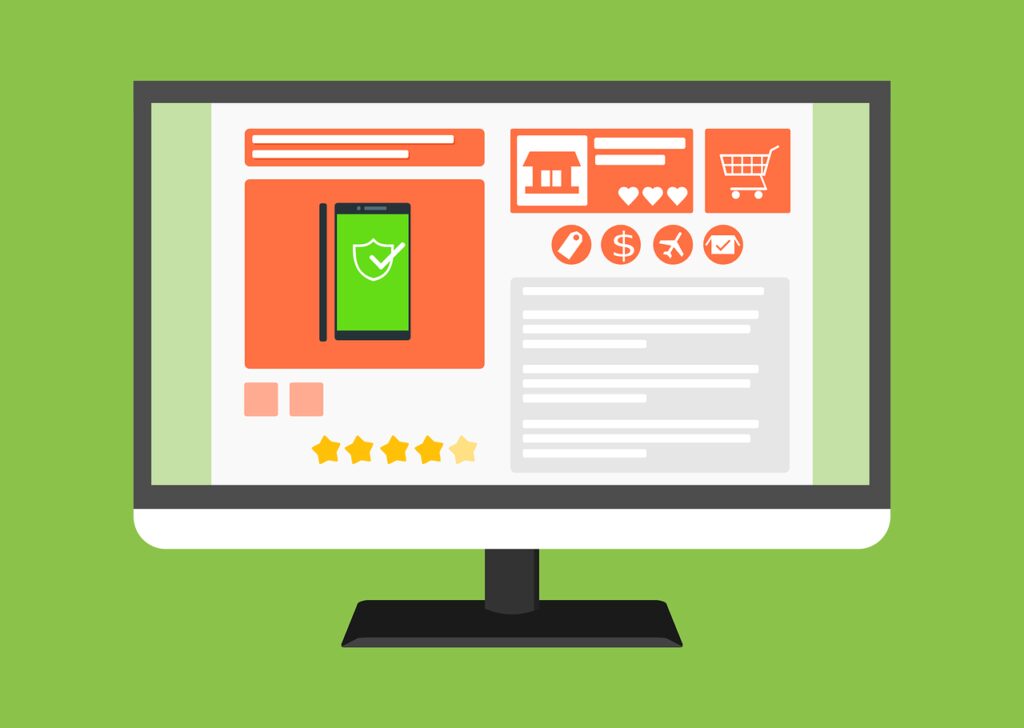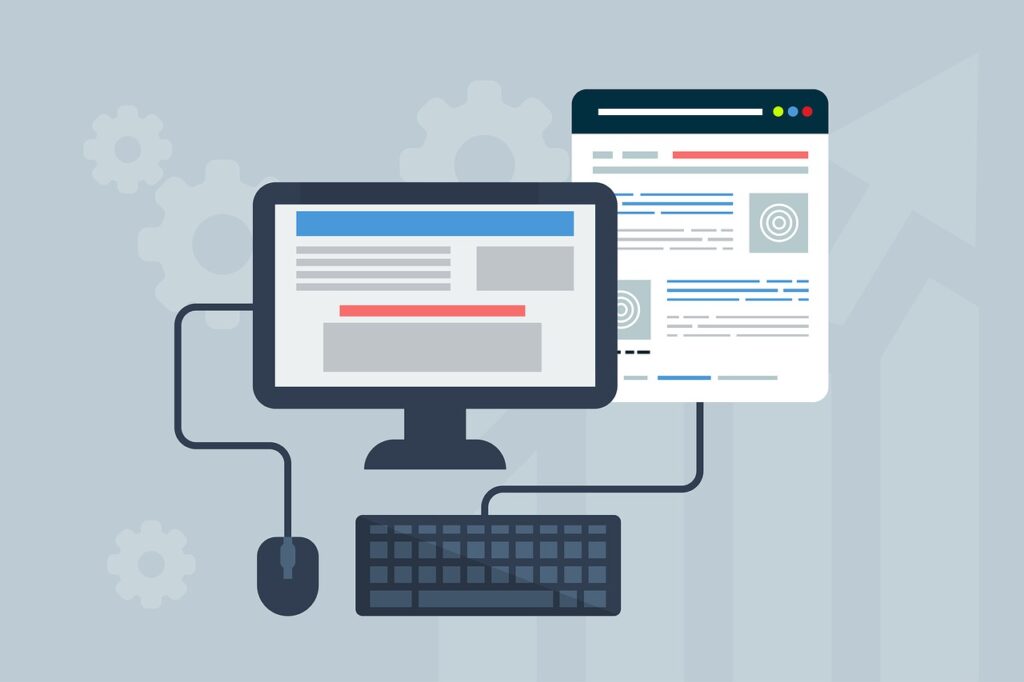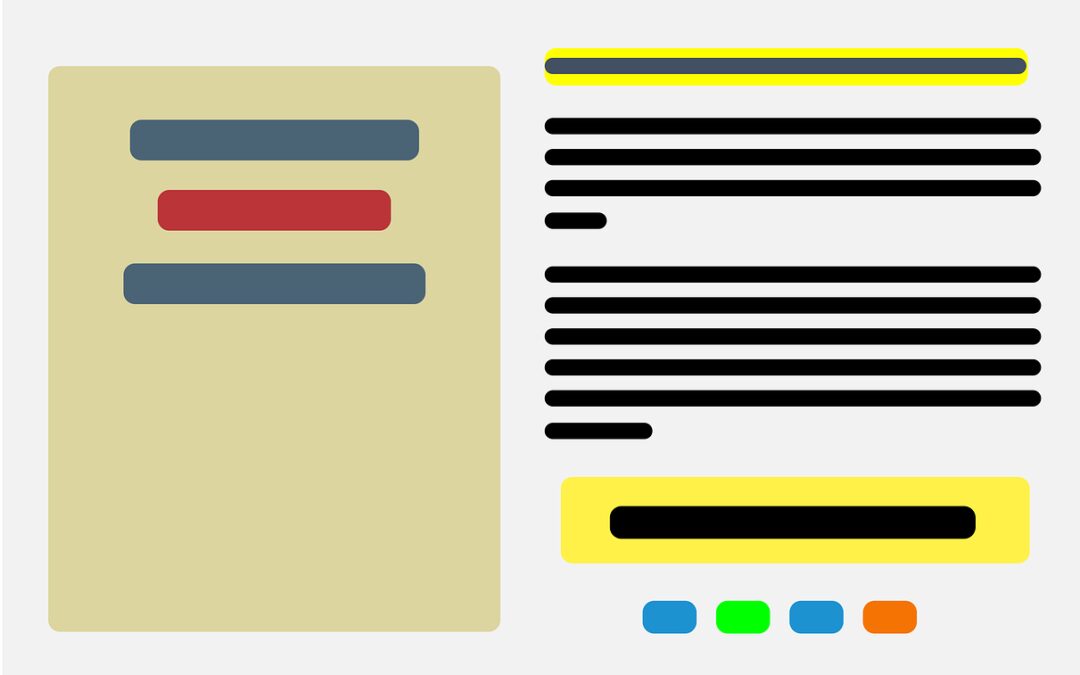Why do you need great landing page copy?
The average person only spends a few seconds looking at a website before deciding whether or not to stay. That means you have a very short amount of time to make a good impression and persuade them to stick around. So how do you do it?
The words on your landing page are crucial in making a good first impression and convincing people to stick around with great landing page copy!
But what makes for a great landing page copy?
If you’re looking to improve your landing page copy and increase conversions, there are a few secrets you should know. First, focus on a single message and make it clear. Your headline should be attention-grabbing and relevant to your target audience. When writing your body copy, keep it concise and focus on the benefits of your product or service. Use strong calls to action to encourage visitors to take the next step, and include testimonials or customer reviews to build trust.
If you have trouble following or doing these steps yourself, hire a Web Design Professional.

The headline: make it irresistible.
What’s the secret to writing a great headline? You might be surprised to learn that it’s not all about coming up with a clever or catchy phrase. In fact, there’s a lot more to it than that.
What makes a great headline?
Here are some things to keep in mind when you’re writing headlines for your landing pages:
1. Keep it short and sweet.
2. Focus on the benefit.
3. Use strong keywords.
4. Make it unique.
5. Test, test, test!
Following these simple tips, you can write headlines that will make your landing page copy irresistible to visitors!
The subheadline: elaborate on the headline
In fact, the subheadline is often as important as the headline because it acts as a teaser that gets people to read more. The subheadline should be short and sweet, too. However, it should also be different from the headline so that you catch your reader’s attention.
Use the same keywords in your headline and subheadline, but be sure to include them in different places. For example, if you have a subheadline that says: “How to make money online,” your main headline should say something like: “Make Money Online Without Selling Anything.”
The subheadline should be unique, and it should also grab the reader’s attention. The most important thing to remember when writing your headlines is that you have to make it as easy as possible for the reader to understand what your article is about.
The body copy: be clear and concise.
The body copy of an article is one of the most important elements. It should be clear and concise in order to communicate the message effectively. In order to achieve this, the writer must choose their words carefully and structure the sentences in a way that is easy for the reader to understand.
There are a few things to keep in mind when writing body copy:
- Use simple language that can be understood by everyone.
- Make sure the sentences are short and to the point.
- Use active voice whenever possible.
- Proofread your work before publishing it to catch any errors.
By following these tips, you can ensure that your body copy is clear and concise. This will help you communicate your message more effectively and engage your readers.

Why less is more when it comes to copy
In a world where we are constantly bombarded with marketing messages, it can be easy to feel overwhelmed and tune out. But what if less was more when it came to copy?
It may seem counter-intuitive, but by using fewer words, you can actually grab attention and make a bigger impact. Brevity can be powerful, so don’t be afraid to edit your copy down to the essentials.
The best landing pages are clear, concise, and to the point. They don’t try to cram too much information into a small space. The reason why less is more when it comes to copy is that people have a very short attention span when they’re online. They want to be able to quickly scan a page and understand what it’s about. If there’s too much text, they’ll likely just move on.
With fewer words, you force yourself to be clear and concise. This can help simplify complex concepts and make them more digestible for your audience. And when it comes to making a lasting impression, quality is always better than quantity.
So if you want your landing page to be successful, keep the copy short and sweet. Get your point across quickly and clearly, and you’ll be more likely to convert visitors into leads or customers.
How to use customer testimonials effectively?
Your customers are a valuable source of information because they can describe their experience with your product or service in their own words. This is why it s important to keep track of feedback and use it to improve your product or service.
Customer testimonials are a powerful marketing tool that can help boost your business. But how can you use them effectively? Here are some tips:
1. Make sure they’re relevant: Your testimonials should be from customers who have used your product or service and can speak to its quality.
2. Keep them positive: Testimonials should highlight the positive aspects of your business, so be selective about which ones you use.
3. Use them sparingly: Too many testimonials can come across as fake or insincere. A few well-chosen testimonials will be more effective than a long list of them.
4. Use them in different ways: You can include testimonials on your website, in brochures or other marketing materials, or even on social media sites like Facebook and Twitter.
5. Make sure you have permission to use them: Always ask for permission before using someone’s words or images in your marketing materials.
Need help finding the right web design professional read our post on finding one.

Creating a call to action that converts
As a business owner, you know the importance of creating a call to action (CTA) that resonates with your target audience and encourages them to take the next step. But what’s the best way to create a CTA that actually converts?
Here are some tips:
- Keep it short and sweet: Your CTA should be short and to the point – otherwise, people will simply skim over it.
- Use strong language: Use language that is strong and persuasive without being too pushy.
- Be clear about what you want people to do. Your CTA should be clear about what you want people to do, whether it’s signing up for your newsletter or making a purchase.
- Offer something of value: Give your readers an incentive to take action.
- Use a contrasting color: Your CTA should stand out from the rest of your website, so make sure you use a contrasting color for it.
- Be consistent with your messaging: One of the most annoying things that can happen on a website is having your CTA say one thing, and then another part of your website say something different. For example, if you say, “Get my free report, ” don’t have a section where you give it away for free.
- Test and track: While most CTAs on your website should be consistent, you may want to test a few different things here and there. For example, try testing different colours, wording and even button shapes.
- Use multiple CTAs: In addition to the primary CTA on your homepage, you should add a few in the sidebar as well as throughout your website. You never know when someone will stumble upon your site, and they just might need additional CTAs.
- Keep it simple: The simpler, the better with CTAs. You don’t want to make the CTA so intricate that it distracts from the rest of your site.
- Keep it consistent: Your CTAs should match your brand and be used throughout your marketing efforts, including social media, email and other promotions.

Tie it all together
As the final step in a landing, page copy is key to tying it all together in the CTA. Without a proper call to action, the entire landing page copy and process flow can be rendered moot. It’s important to review the landing page’s goals and ensure they’re still relevant.
Next, take stock of what’s been accomplished during the course of landing page creation. This will help to inform the direction of the conversion. Finally, develop a plan for moving forward with CTA based on the goals. With these steps in mind, crafting a successful, highly converting landing page copy becomes much easier.
After reading all of the tips and examples in this article, you should be well on your way to writing great landing page copy. Just remember to keep your audience in mind and focus on making a connection with them. Write from the heart, and be sure to proofread thoroughly before publishing anything. With a little effort, you can create landing page copies that will truly make a difference for your business.
Bonus tips: additional pointers for success
Here are some bonus tips to make sure your landing page is up to par:
Tip 1: Use images, videos, or infographics to break up your text and add visual interest.
Tip 2: Test, test, test! Try different versions of your landing page to see what works best.
Tip 3: Be persistent and never give up: It is only through hard work and dedication that you will achieve success.
Tip 4: Learn from your mistakes and use them as opportunities for growth.
The secret to writing great landing page copy is to be human. If you can create a voice for your brand and write with that voice consistently, you will build trust and authentically connect with your readers. Your message will resonate, and they will want to do business with you.
Before building a great landing page, you might be interested in choosing the right web hosting provider for your project

